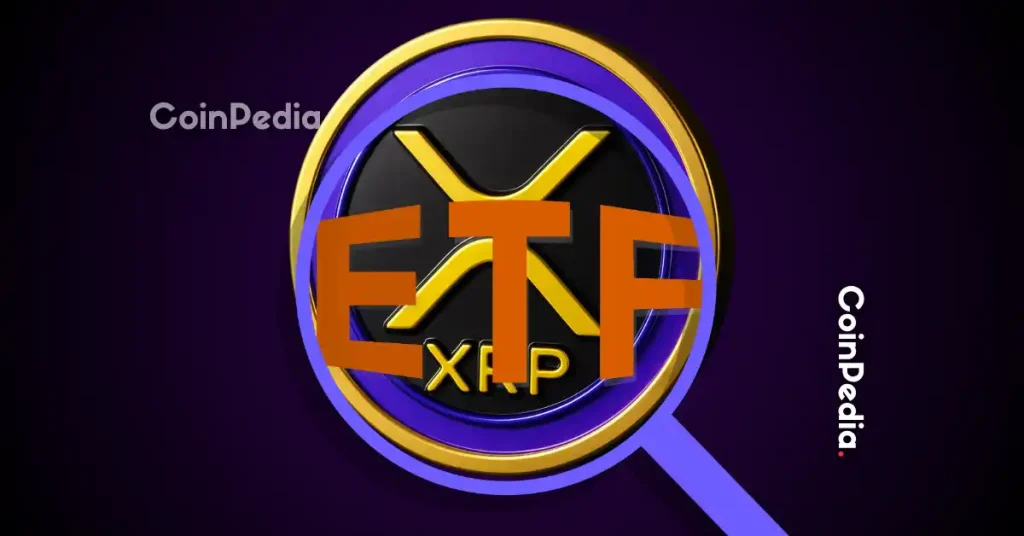The EU’s financial risk watchdog, the European Systemic Risk Board (ESRB), has formally demanded immediate protections for stablecoins that were partially issued in the EU.
The EU has put in place one of the world’s strictest regimes on crypto assets. However, policymakers worry that issuers originating from outside the bloc enjoy easier regulation and could import financial risk.
“The General Board stressed that third country multi-issuer schemes – with fungible stablecoins issued both in the EU and outside – have built-in vulnerabilities which require an urgent policy response,” the European Systemic Risk Board, headed by ECB President Christine Lagarde, said in a statement.
Issuers in the EU and abroad to be held to similar standards
The main concern is that investors may choose to cash out in the EU because it has the best safeguards in place in the event of a run on the asset. However, reserves held in the EU may not be sufficient to meet concentrated demand. This would create a liquidity squeeze in the bloc and potentially force the ECB to respond.
This warning is similar to one issued by the European Central Bank, which is concerned that its failure could lead to a run on reserves. According to the letter sent by the ECB president, MiCAR requires EU stablecoin issuers to maintain at all times sufficient reserves in high-quality liquid assets and a minimum level of own funds.
The rules also require having in place crisis management tools, such as recovery and redemption plans, to help protect the rights of token holders.
However, according to the ECB, many non-EU countries either have no stablecoin regime or, if they do have one, it lacks key elements, such as sound rules for systemic stablecoins and crisis management. Therefore, in the absence of worldwide compliance with international standards, permitting stablecoin issuers who are not fully subject to the EU’s prudential standards to issue stablecoins in the EU would diminish the safeguards established by MiCAR.
To that end, Lagarde said the bloc should hold companies that issue stablecoins both in the EU and abroad to the same standards. In “multi-issuer” schemes, an EU and a non-EU entity jointly issue stablecoins, and the strict EU regulation does not extend to the non-EU issuer, tilting the playing field.
“Multi-function groups may operate under regulatory regimes which are much more lenient than for financial conglomerates, raising the question of divergent prudential standards,” the ESRB said.
Besides the ECB, officials from the Italian central bank have echoed similar concerns. They said that multi-issuance stablecoins pose risks to financial stability within the EU. According to the bank, these stablecoins, which are issued by companies operating in multiple jurisdictions, can make it difficult for regulators to ensure proper oversight and prevent potential risks to the European financial system.
EU considers Digital Euro amid stablecoin concerns
As discussions about stablecoins continue, the EU is making progress on its plans for a digital euro. Since 2021, people have been talking about the idea of a central bank digital currency (CBDC). EU member states might decide on the digital euro by the end of this year, according to Piero Cipollone, a member of the ECB’s executive board.
The goal of the digital euro is to offer an alternative to real cash that is safe, dependable, and available to everyone. Additionally, it is expected to contribute to making Europe’s economy more resilient in the digital era.
As reported by Cryptopolitan, if approved, the digital euro is expected to be available by 2029. This would be a big step forward for the EU in its efforts to control digital currencies and keep its financial system stable.
Get up to $30,050 in trading rewards when you join Bybit today
















 English (US)
English (US)